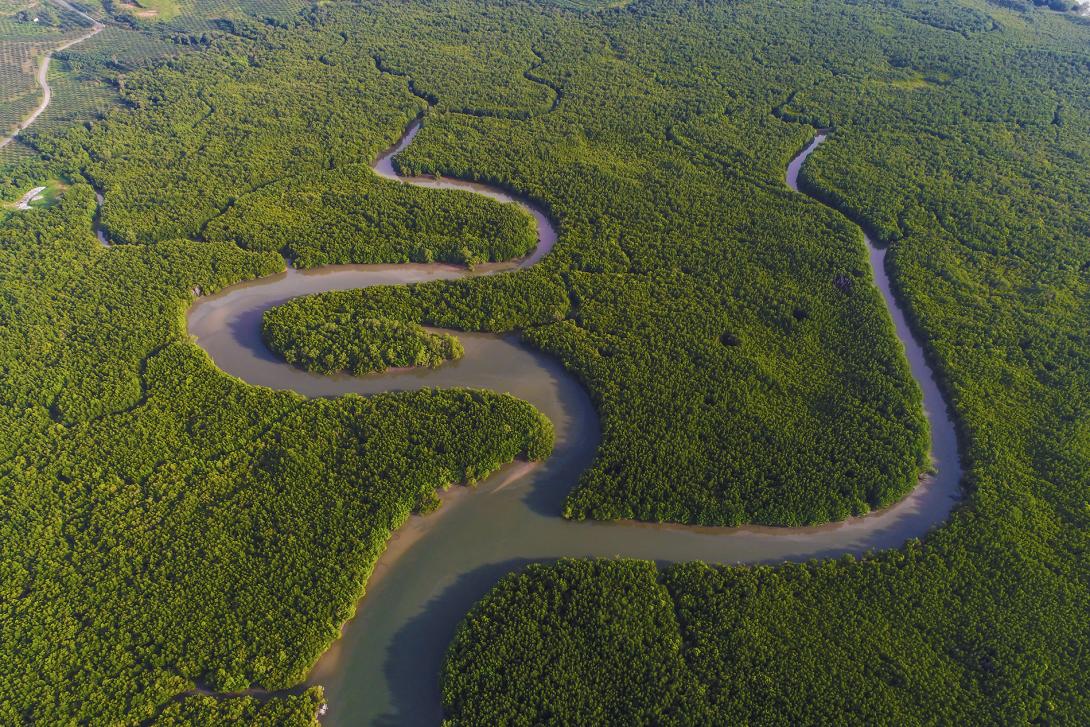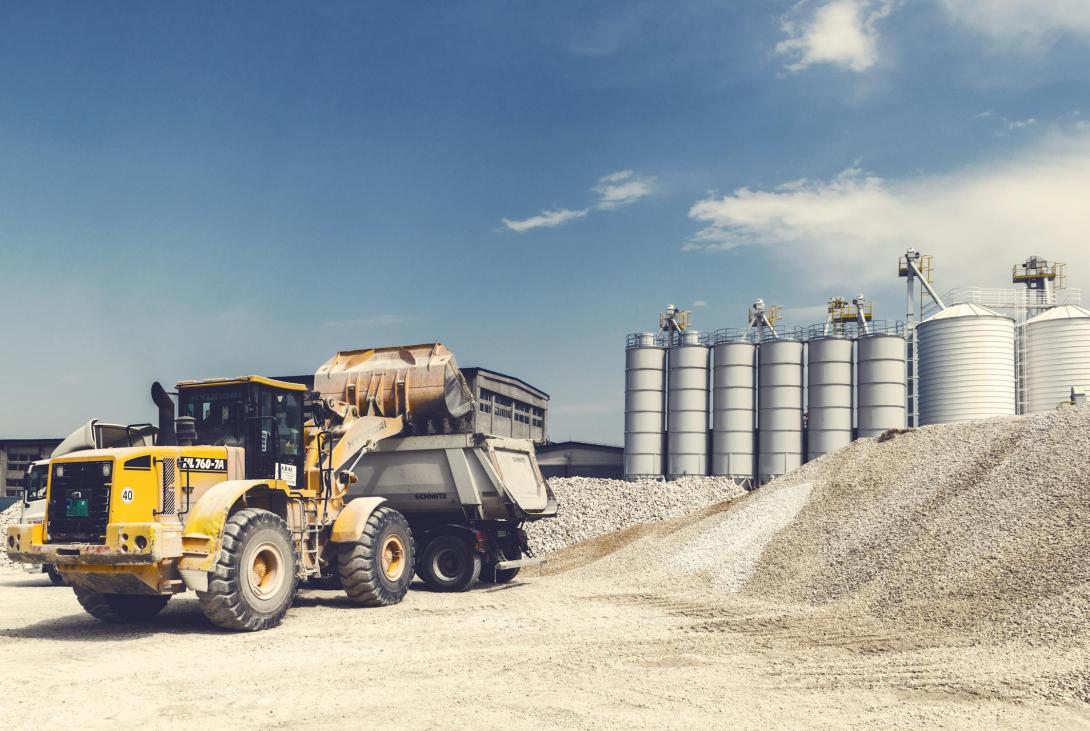What is the Safeguard Mechanism?
The Safeguard Mechanism requires Australia’s highest greenhouse gas emitting facilities to reduce their emissions in line with Australia’s emission reduction targets of 43% below 2005 levels by 2030 and net zero by 2050.
Responsible emitters of facilities that exceed their baselines must manage any excess emissions. Responsible emitters of facilities that don't exceed their baselines may be eligible to receive Safeguard Mechanism credit units (SMCs).
Safeguard baselines
Managing excess emissions
Popular topics
Safeguard Mechanism credit units
Safeguard net emissions
Key dates for responsible emitters
Safeguard data
Learn about what we’re required to publish about safeguard facilities each financial year
Who it covers
The Safeguard Mechanism applies to responsible emitters of facilities that emit more than 100,000 tonnes of carbon dioxide equivalent (tCO2-e) covered emissions a year. This includes:
- mining
- oil and gas production
- manufacturing
- transport
- waste.
Covered emissions
Covered emissions are defined as scope 1 emissions, excluding emissions:
- from legacy waste (waste deposited before the Safeguard Mechanism began on 1 July 2016) at a landfill facility
- from the Greater Sunrise special regime area
- from a grid-connected electricity generator in a financial year covered by the sectoral baseline
- not covered under the National Greenhouse and Energy Reporting (Measurement) Determination 2008.
Latest annual statistics
Safeguard data from the 2023–24 financial year.
The reformed scheme
The Safeguard Mechanism was reformed in 2023. It will be reviewed by the Department of Climate Change, Energy, the Environment and Water in the 2026–27 financial year.
Learn about the Safeguard Mechanism before 1 July 2023.
Watch a recording of the Safeguard Mechanism forum held in September 2024, where our executive staff discuss the reforms and what they mean for business. You can also view the Safeguard Mechanism forum presentation slides [PDF 4.74 MB].
Safeguard and National Greenhouse and Energy Reporting
The Safeguard Mechanism leverages the National Greenhouse and Energy Reporting (NGER) Scheme to minimise additional reporting requirements.
All safeguard facilities must report under the NGER Scheme. Responsible emitters must apply for NGER registration by 31 August after meeting the safeguard threshold. This includes subsidiaries of a registered controlling corporation’s corporate group.
If a controlling corporation is also a responsible emitter, it does not need to register again.
Our role
We regulate the Safeguard Mechanism by:
- administering baselines
- ensuring facilities manage their emissions
- issuing SMCs
- publishing safeguard data.
The Department of Climate Change, Energy, the Environment and Water oversees the policy of the Safeguard Mechanism. Read the policy intent on the department’s website.
Safeguard forms
Complete your safeguard application forms in Online Services.

